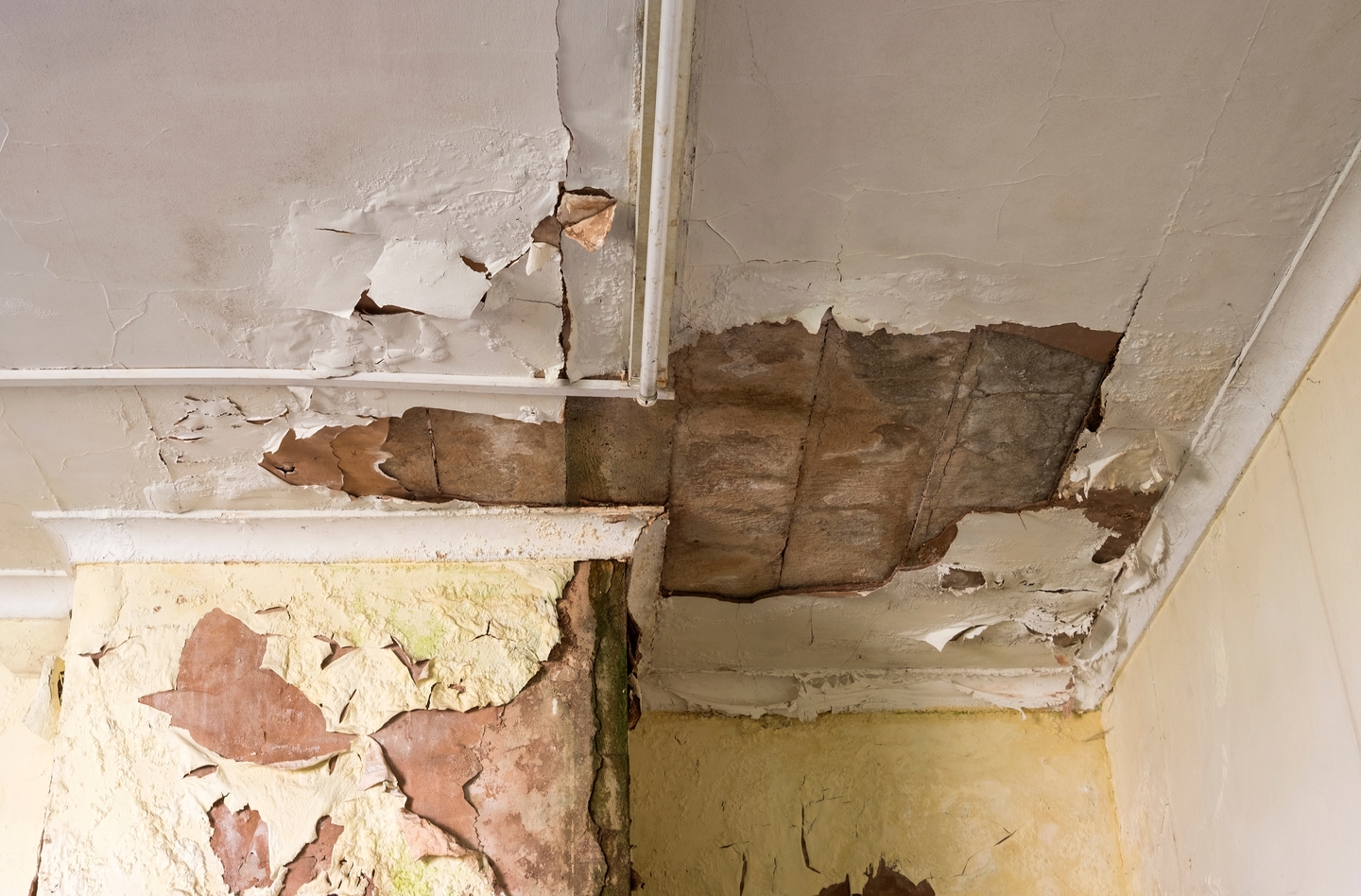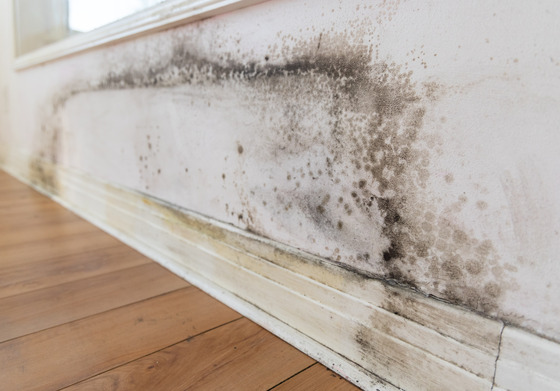Reliable Water Reduction Strategies You Need to Know
Water damage can be a disruptive and pricey problem for residential or commercial property proprietors, making it critical to be skilled in efficient water reduction methods. From very early discovery and examination to effective water extraction techniques and extensive drying strategies, there are necessary steps to take in mitigating water damages.

Very Early Discovery and Inspection
Early discovery and assessment are essential action in the procedure of water reduction to recognize and address potential sources of water damage without delay. By conducting regular assessments of plumbing systems, home appliances, and structural aspects, water mitigation experts can proactively determine locations at risk to leakages, condensation, or flooding. Via detailed inspections utilizing advanced technology such as moisture meters and thermal imaging video cameras, professionals can spot covert water intrusion that may not be instantly visible to the naked eye. Identifying these issues early on can protect against more rise of water damages, inevitably conserving time and resources in the mitigation procedure.
Moreover, very early detection enables speedy activity to be taken in drying affected areas and carrying out required repair services to stop mold development, structural deterioration, and various other long-term effects of water damages. Prompt intervention not just alleviates the immediate effect of water intrusion however also helps in maintaining the integrity and safety and security of the building in the long run. Therefore, prioritizing very early detection and inspection as essential parts of water mitigation methods is essential for efficient damages control and repair initiatives.
Effective Water Removal Methods
Detection and assessment are essential steps in any type of water reduction procedure, laying the structure for efficient water extraction techniques to quickly get rid of excess water from influenced areas. Once the degree of water damages is assessed, it is important to utilize efficient removal strategies without delay. Water removal can be attained via various methods, including using powerful pumps, wet vacuums, and dehumidifiers.
Specialist water mitigation teams frequently utilize submersible pumps to rapidly eliminate large quantities of water from the facilities. These pumps can drawing out water at a rapid pace, reducing the risk of further damage to the home. Damp vacuums are also typically used to target smaller locations or hard-to-reach rooms where standing water continues.
Furthermore, dehumidifiers play a crucial function in the water extraction procedure by lowering dampness levels airborne and increasing the general drying time - mold mitigation saratoga. By integrating these extraction approaches tactically, water reduction experts can effectively draw out water, mitigate damages, and avoid mold and mildew development, eventually bring back the affected location to its pre-loss condition
Thorough Drying Strategies
To guarantee comprehensive water damages reduction, thorough drying out methods are important in removing residual moisture and protecting against prospective structural issues. After index water extraction, the emphasis changes to drying the affected areas entirely. One reliable approach is using industrial-grade dehumidifiers to reduce humidity degrees, aiding in the dissipation of wetness from products and surfaces. Appropriate airflow is vital for drying, and technicians may strategically put air moving companies to enhance blood circulation and speed up the drying procedure.
In situations of water damages, permeable products like drywall and carpeting can catch moisture, resulting in mold and mildew development and architectural weakening otherwise sufficiently dried out. To address this, specialists might use specialized tools such as dampness meters to gauge dampness levels within products, making certain comprehensive drying. Furthermore, the removal of baseboards or drilling little openings in walls may facilitate drying in wall surface cavities where moisture can linger undetected.
Mold Prevention and Remediation
Complying with the extensive drying methods in water reduction, the emphasis now changes towards resolving mold avoidance and removal to protect versus potential wellness hazards and architectural damages - flooded basement cleanup ballston spa ny. Mold can swiftly create in areas impacted by water damages, positioning severe health risks and jeopardizing the honesty of the structure.
In cases where mold and mildew has already established, quick removal is essential. This process includes the cautious removal and disposal of mold-infested products, adhered to by comprehensive cleaning and disinfection of the area to stop regrowth. It is necessary to address mold issues immediately and successfully to stop more damages and ensure the safety of occupants. Professional mold and mildew removal solutions might be essential for extensive mold and mildew problems to make certain safe and comprehensive removal. By implementing these mold avoidance and removal methods, the dangers related to water damage can be considerably reduced.
Structural Fixing and Repair

Painting wall surfaces, replacing floor covering, and resolving any type of noticeable water stains are typical techniques. Additionally, attending to any remaining wetness issues and making sure correct ventilation can aid prevent future structural damages and mold development.
Verdict
To conclude, efficient water reduction strategies such as early detection, effective water extraction, complete drying, mold prevention, and structural repair service are critical in minimizing damage and bring back impacted areas (water damage restoration company round lake review ny). By following these actions faithfully, home owners can alleviate the effect of water damage and avoid further issues such as mold and mildew development. It is necessary to act promptly and employ these techniques to make certain an effective water reduction process
Water damage can be a turbulent and pricey problem for residential property proprietors, making it vital to be skilled in efficient water mitigation techniques. From very early discovery and examination to efficient water removal approaches and detailed drying out methods, there are vital steps to take in mitigating water damages.Very find early detection and inspection are crucial actions in the process of water mitigation to recognize and attend to prospective resources of water damages quickly.Detection and evaluation are vital actions in any type of water mitigation procedure, laying the foundation for reliable water extraction approaches to promptly eliminate excess water from affected locations.In conclusion, reliable water mitigation strategies such as early discovery, effective water extraction, detailed drying, mold and mildew prevention, and architectural repair service are crucial in decreasing damage and recovering impacted locations.